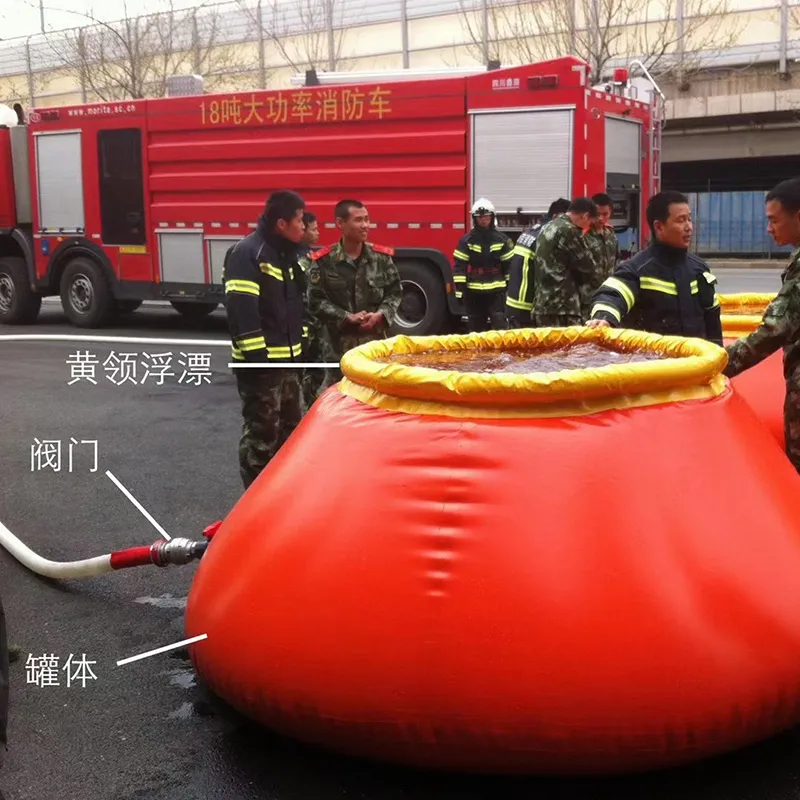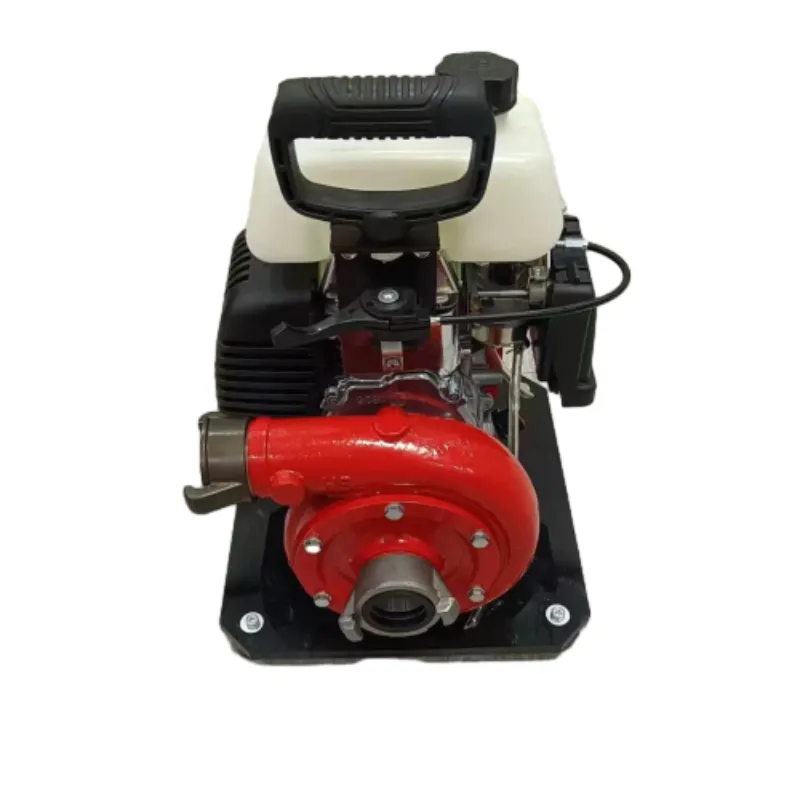

Fire extinguishers, though often seen in everyday settings, are essential for combating smaller fires and preventing them from escalating. Various types of extinguishers target specific fire classes, ranging from dry chemical, foam, to carbon dioxide variants. This specificity in application showcases an in-depth expertise in fire science, allowing firefighters to tailor their use to effectively manage different fire types. Understanding the operation and limitations of each extinguisher reinforces the professional competency expected of a firefighter. Thermal imaging cameras are an advanced addition, reflecting cutting-edge technology within the firefighting profession. These devices enable firefighters to detect heat signatures through smoke and darkness, providing a critical edge in locating victims or fire hotspots. The adoption of such technology underlines an authoritative progression in firefighting methods, ensuring rapid and informed decision-making under pressure. Moreover, ladders remain an essential apparatus, symbolizing both the historic and ongoing reliability of fundamental firefighting tools. From ground ladders to aerial ladders on fire engines, they enable access to higher floors and rescue scenarios, maintaining an unwavering trust in their dependability during crucial operations. In conclusion, the suite of basic firefighter tools is a testament to the deeply ingrained experience, expertise, authoritativeness, and trust that define the firefighting profession. These tools do not merely facilitate the logistics of firefighting; they represent a robust infrastructure designed to uphold safety, efficiency, and, ultimately, the protection of life and property. As technology advances, these tools will continue to evolve, but their foundational role in firefighting remains a steadfast cornerstone of the trade.





























